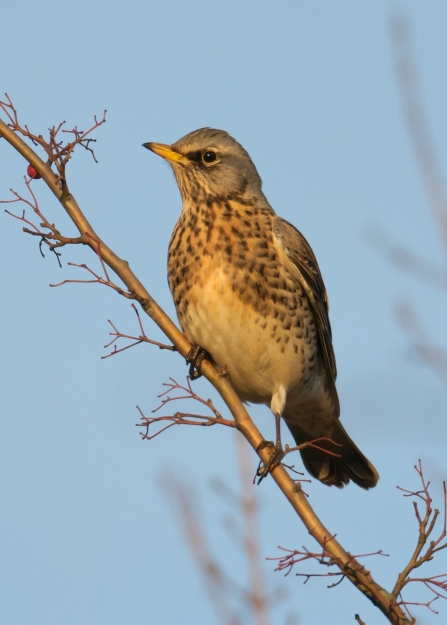Our gardens can be incredibly important habitats for thrushes, especially over the harsh winter months when some species rely on garden habitats as berry stocks in the wider countryside are depleted.
If you’re like me, you’ll enjoy watching these enchanting birds hopping across your garden or moving in a flock out on a nature reserve, but sometimes you may find it a bit tricky to tell one thrush from the next as they are similar sizes, shapes and all speckled! Here are some quick and easy tips to help you tell these charismatic little birds apart.





